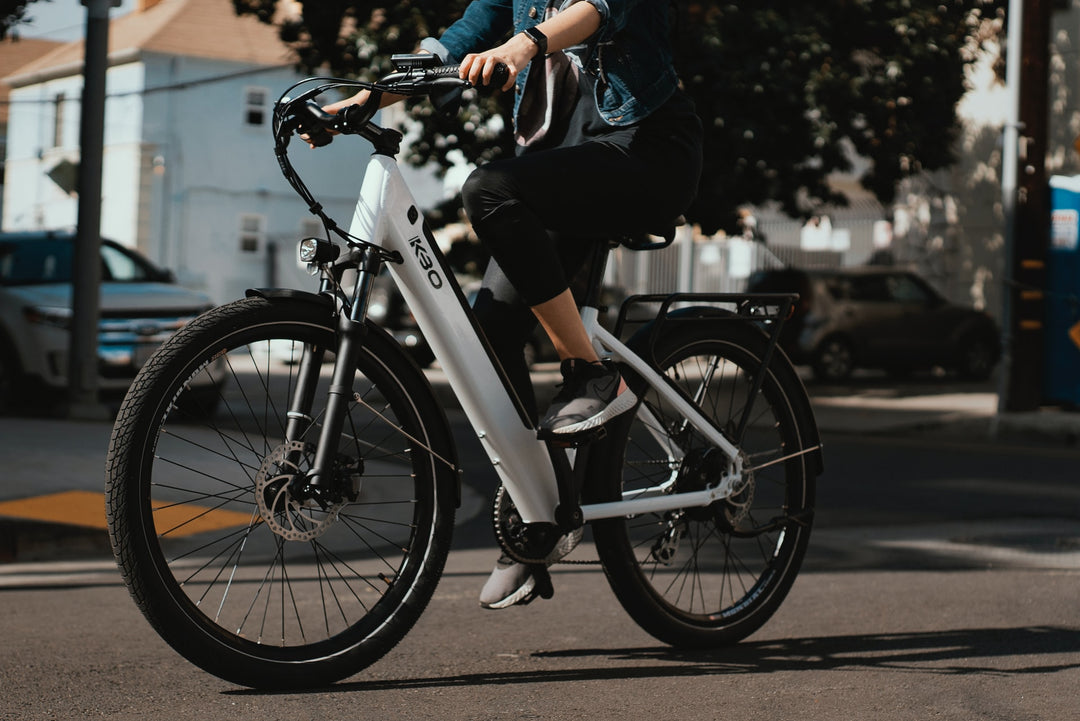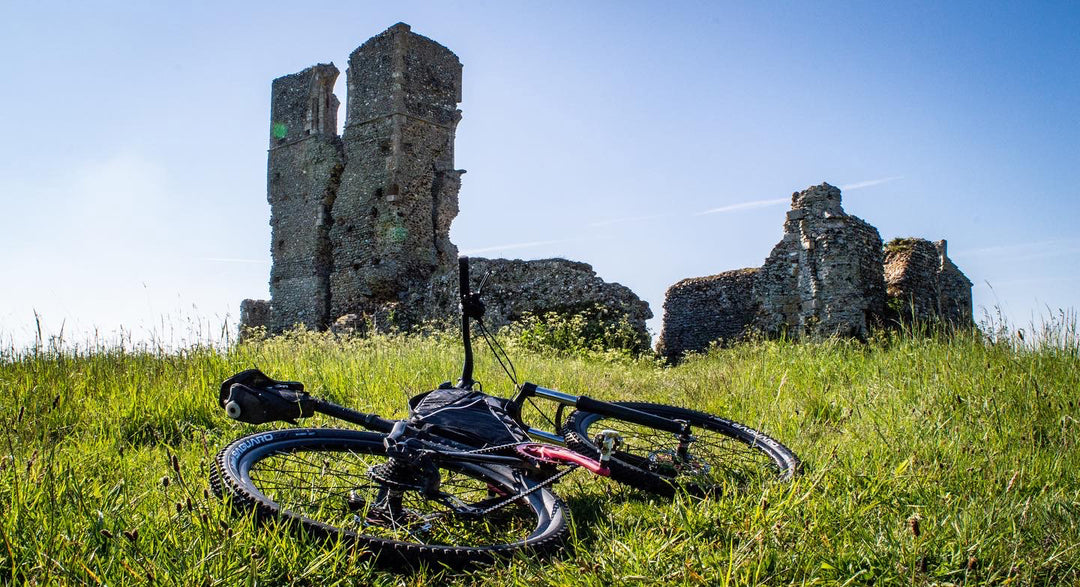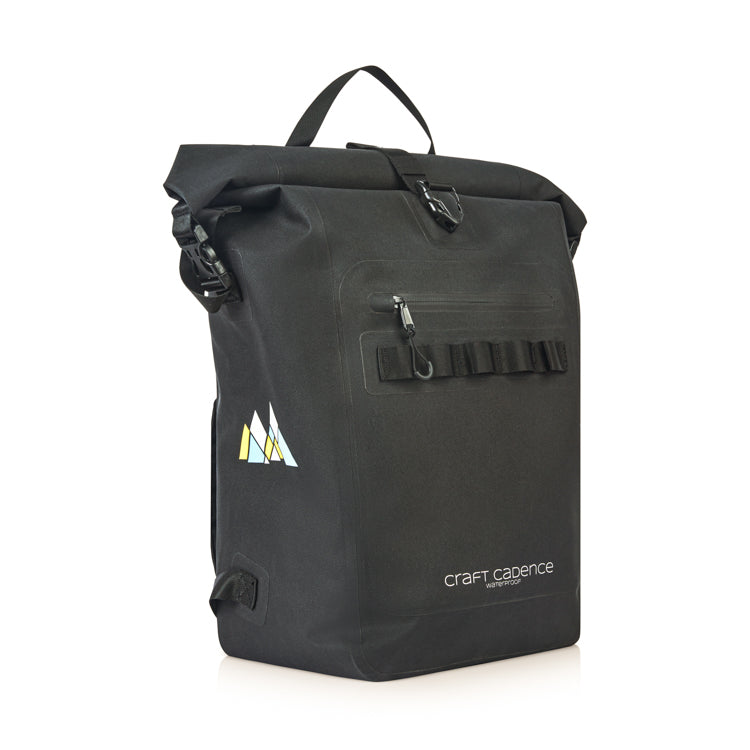The ultimate guide to road etiquette when commuting by bicycle. Are you a danger to other cyclists?
As the UK slowly improves it’s city-cycling infrastructure, commuting by bicycle has become more popular. Leading the way is London. In 2016, a report by Transport for London (TfL) revealed that the number of cars in Central London had plummeted while bikes on the road had increased. In fact, the report suggested the number of rush-hour cars in Central London has more than halved since the millennium.
The commuting by bike uptake is certainly growing in popularity across the country, however, with more cycling commuters, there is a growing need to be aware of the rules of the road to ensure city-cycling safety. Here’s our guide to road commuting etiquette:
Follow the rules of the road: Red lights, signalling and cycle paths.
If you are cycling on a road, the rules of the road apply to you the same way they apply to drivers. Unfortunately, some cyclists think this doesn’t apply to them. I’ve seen countless times the odd cyclist go flying through a red light, not stopping for a zebra crossing and undertaking cars. Have patience at red lights and respect them. If you are turning left or right, even if you are not causing a danger to others make sure you signal early and with a gesture of your hand.
Without sounding patronising, the rules of the road are there for a reason, and it’s basic commuting etiquette to follow them. Doing so means safer cycling for all.
Cycling on footpaths is a topic deserving of a separate blog post and in many countries, this is a standard and acceptable practice. However, in the UK, in built-up cities, one should not cycle on footpaths unless a road sign allows it.
Pass others properly
Look well ahead and give yourself plenty of time and space for the overtake. I've seen on many occasions near misses of head-on collisions between cyclists cycling in their own lane and cyclists from the other lane trying to overtake. And as with all other road users, only ever overtake on the right.
Well before you overtake, turn your shoulder and check your blind spot. Chances are there are others trying to overtake you at the same time! If you pull out without checking, you may cause a collision with a cyclist from behind.
While you are overtaking, if you feel that the cyclist you are overtaking is not holding his/her line don't be afraid to say ‘on your right’ to him/her as you are overtaking.
Comparatively, if you are on a slower bike or ride slowly, stay on the left. For beginners, always check your blind spots by looking right and behind when changing your position on the road.
Don't get too close to other cyclists
If you’ve cycled in a busy city, you’ve probably either been that cyclist who clings to other cyclists back wheel or had someone do it to you. This is known as drafting as essentially you ride in someone else’s slipstream which reduces the amount of effort you need to put in - it’s common on the professional circuit. In a busy city, though, when you might be needed to quickly brake, it’s not really wise. It is best to keep a safe distance from other cyclists at all times.
Use cycling infrastructure when possible
TfL has done a decent job in London to build a network of cycling paths. Other cities in the UK have done similar. If you know there is a decent cycle path, such as the segregated cycle path to the House of Parliament, use it. While it's tempting to cycle faster on the road, it will annoy other motorists when there is a perfectly good enough cycle path available.
Headphones...
It’s pretty common to see cyclists zooming around busy cities with headphones in. However, it’s best advised not to use headphones/earphones while cycling, especially if you are cycling on open roads. Why? Because you may not be able to concentrate or hear your surroundings, which can impact your, and others, safety.
Do everything possible to be visible
Poor lights and can be extremely dangerous and make things difficult for other cyclists. If you can’t be seen, you are a danger to all other road users. Make sure your front and back lights work properly and it is a good idea to wear high-vis clothing when it gets dark.
Cycle calmly
We’ve all been there. That one driver who does everything possible to cut you up or drive past you far too quickly. As tempting as it is to respond in a similar fashion, keep a level head. Remain vigilant and don’t do anything stupid which could put other cyclists in danger. Even if you haven’t had ‘an incident’, always expect the unexpected from other road users to try and predict dangerous situations.
Respect pedestrians
I've seen countless examples of cyclists shouting at pedestrians for crossing red lights. My opinion is two wrongs don't make a right. Slow down and calmly deal with the situation instead of inflaming matters. Under the highway code, pedestrian safety is the ultimate priority and as cyclists we ought to adhere to that even if we are technically right in a given situation.
Embrace the cycling community
Although commuting by bike is different to a weekend cycle with friends or a cycling club, you should still cycle with the mindset of looking out for fellow bikers. If you see a bad pothole, let those behind you know. If there is an obstruction on the path/road in front, do the same. Use hand gestures to indicate upcoming hazards - in other countries, the use of hand gestures is common to let others behind know of upcoming hazards on the road. The more helpful you are, the more of a virtuous circle the cycling community can become. Cyclists in the city are at their strongest in numbers.
While most cyclists abide by the rules of the road, there’s always the few who spoil it. Follow these guidelines to cycling etiquette and you’ll be just fine.
Cover photo credit: Tejvan Pettinger



